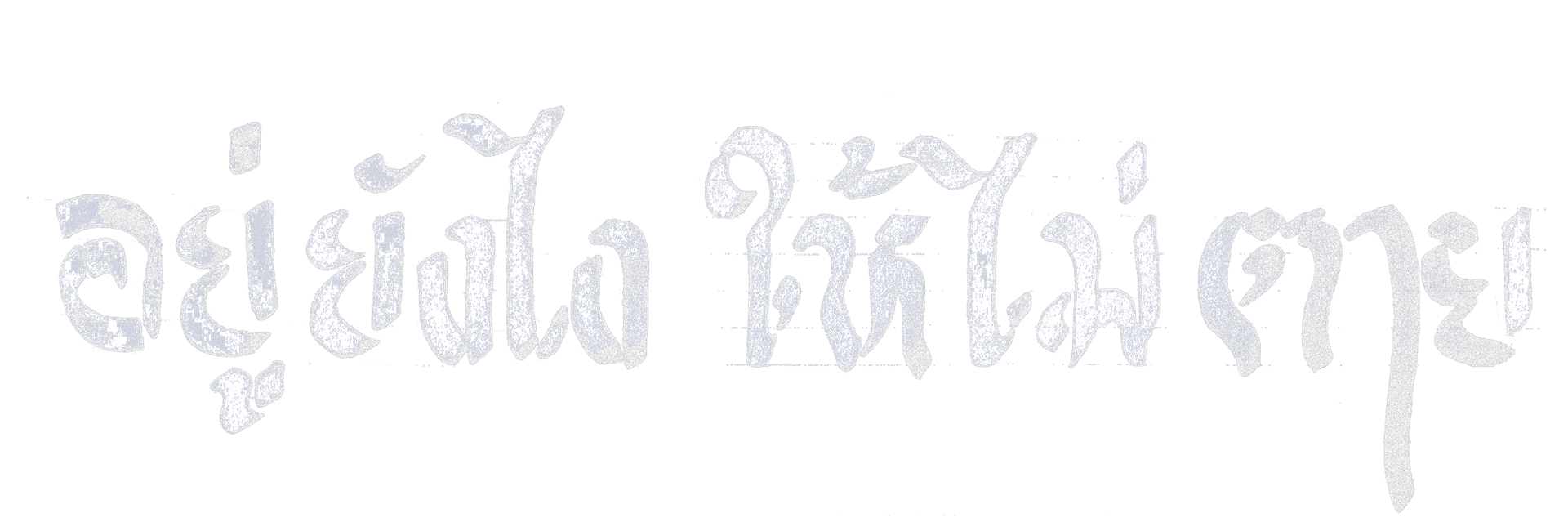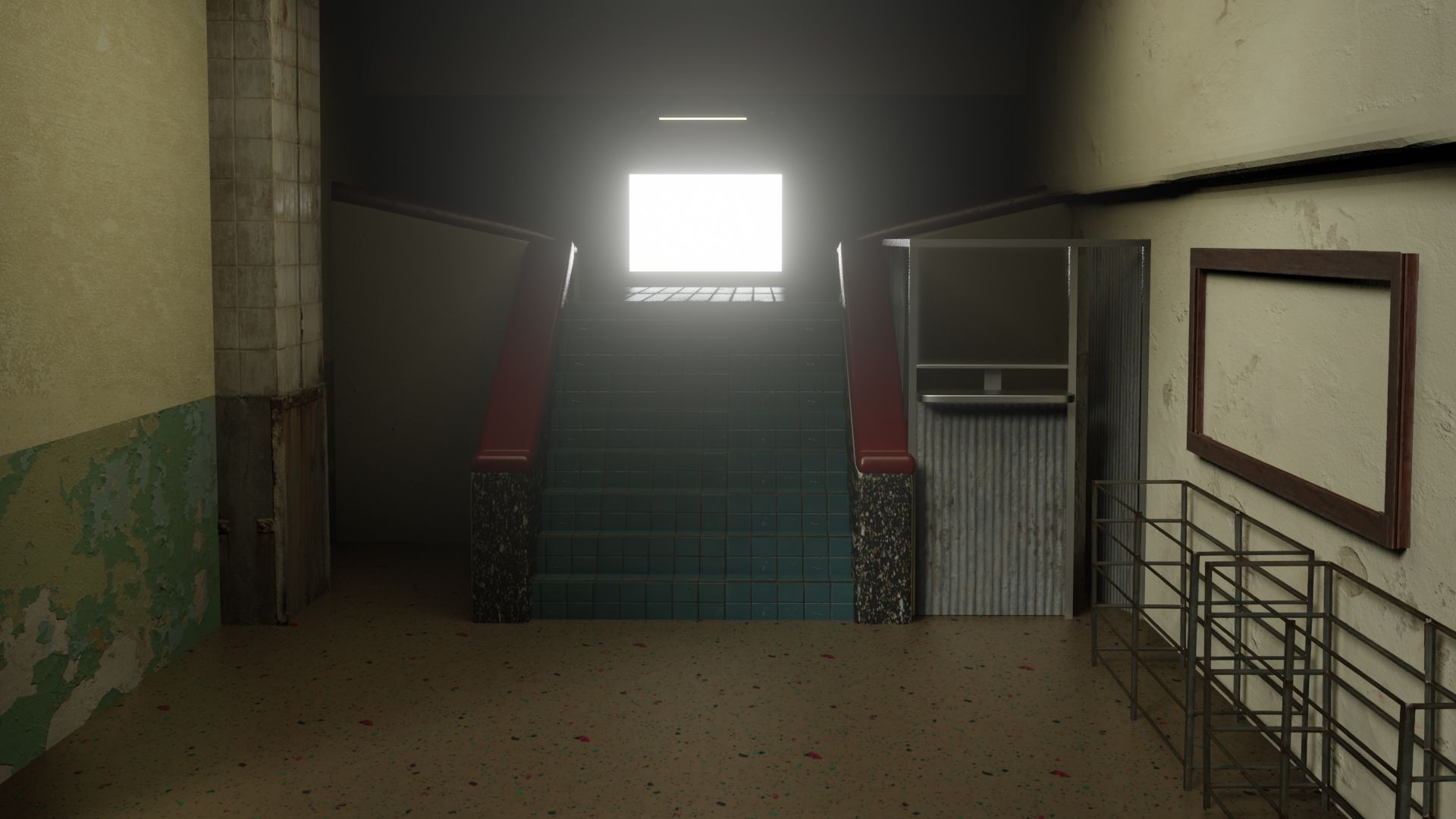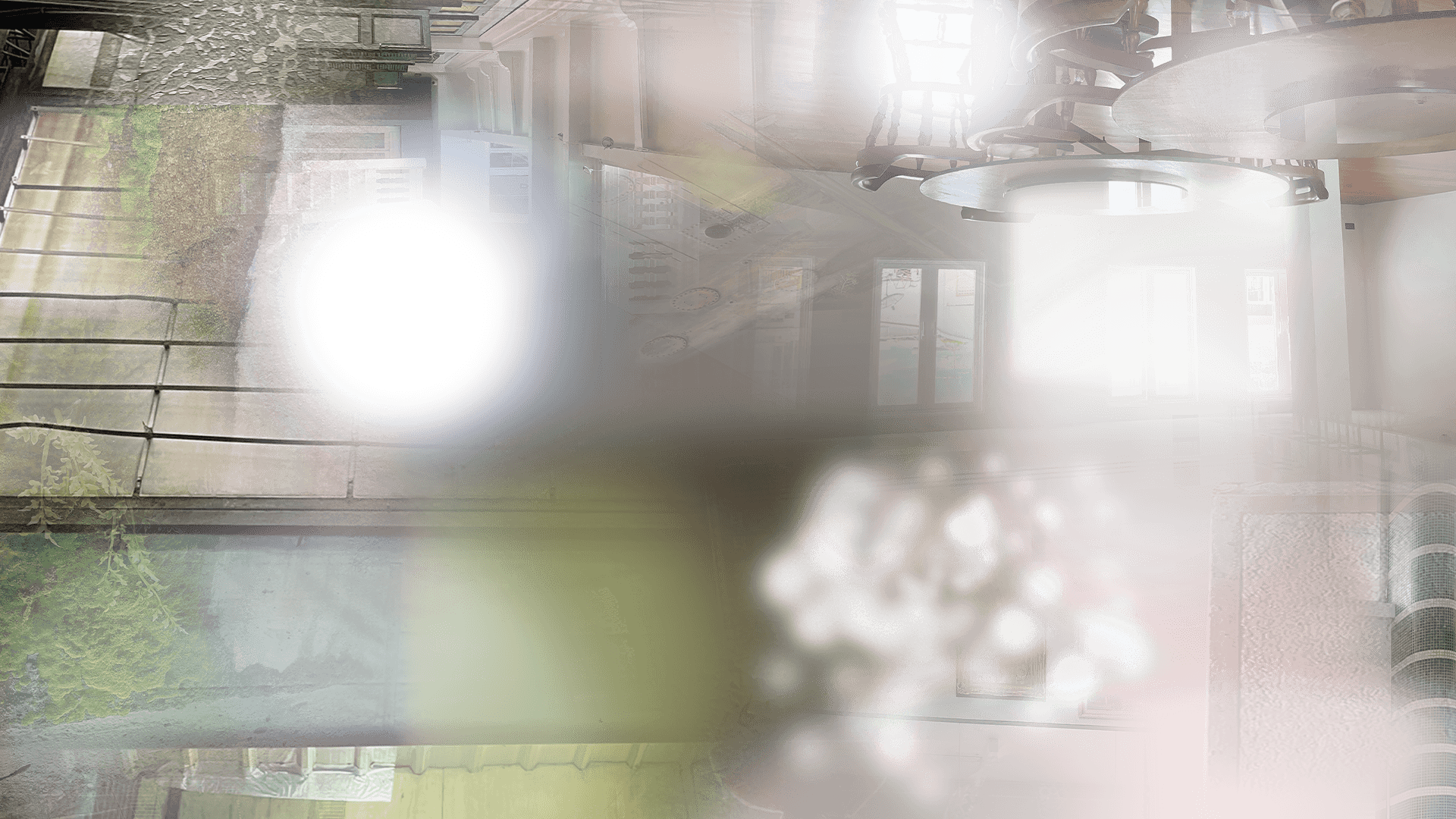Program
:
Concept
“To be haunted is to make choices within those spiraling determinations that make the present waver. To be haunted is to be tied to historical and social effects.”
—Avery Gordon, Ghostly Matters: Haunting and the Sociological Imagination, 2008
Ghost 2565: Live Without Dead Time departs from an impasse produced by the lack of cohesion of time and space, and the tensions of contemporary life. The triennial video and performance art series takes Bangkok—its historical center in particular—as a physical palimpsest and metaphor for the incongruent visions that attempt to define this phantasmagorial city. In the works on view artists and manifold collaborators bring to the fore ideas, figures, and stories made invisible by the homogenizing forces of progress that these works also resist. As in the first edition, the second Ghost adopts the Thai Buddhist calendar year in its title, this year being 2565, while its subtitle is a translation of the line “vivre sans temps mort” that had been spray-painted on the wall of the Sorbonne in Paris in May ’68, pointing to the collective state of comatose submission under consumerism. In the 1960s, amidst a post-War society and transnational consciousness of the terrors of the ongoing war in Vietnam, a monstrous accumulation of spectacular and commodified experiences came to constitute a new reality driven by the global hegemony of capitalist imperatives. Half a century later we remain seized by the totalizing power of representation. How might we break away from the forces that lull and reduce us into empty existence?

As subjects and products of neoliberalism, we are more entangled than ever in this temporal dispossession. When time is out of joint, who must contend with expired legacies and their specters? Who inherits or is disinherited by prevailing utopic visions? Emily Wardill’s umbrous film Night for Day (2020) addresses these questions in the portrayal of a fictive kinship among three individuals from two generations caught in a temporal spilt. On either side of this chasm are their respective technological and political paradigms, where their divergences illuminate pathways away from sterile automated realities. The strain of incompatible futures and subjectivities becomes a breaking point for two siblings regarding developments of their family-owned factory in Tulapop Saenjaroen’s psychological drama Mangosteen (2022). Emblematic of our angst-ridden contemporary life, this new commission charts imaginary and real causalities as human and non-human entities fail to adapt to new value systems. Minahasan cosmologies in North Sulawesi, Indonesia are the focus in Natasha Tontey’s recent and new works that embrace these systems that defiantly establish alternative worldviews and circumvent experiences of Western exploitation. Fusing documentary footage and digital aesthetics, the society she depicts empowers women and traces indigenous genealogies of time and care beyond the human realm. Meriem Bennani engages in a critique of our popular media landscape, appropriating CGI and other visual content to harness the power of speculative fiction, humor, and technology. The critical counternarratives generated include the final episode of her dystopic trilogy Life on the CAPS (2022) on inhabitants’ resistance to state craft within the island-refugee camp CAPS, an uncanny reflection of geopolitics and exclusionary immigration practices in the real world.

Beneath the frenzied speed in our pursuit of newness lies a desynchronicity that produces a feeling of stasis. In two 2021 works Özgür Kar’s indifferent figures imprisoned in gigantic flat-screen TVs depict daily realities trapped in an infinite loop of dread. Accompanied by SNAKE CHARMER’s forlorn clarinet melody, DEATH’s historical pastiche soliloquy attempts to imbue these bodies—resigned as they are to a ghostly malaise—with meaning. Emerging from a virtual universe of accelerated consumption and flows of content, Li Shuang’s ceiling projection underlines the scopophilic dimension of spectatorship on social media. In fusing contemporary life with an ancient Chinese creation myth, the work is a disorienting collage of manufactured imagery, where identities, time, and non-places disappear into the ether of cyber communication. Moving from inertia to introversion, an array of imaging systems and representation technologies is pulled on by James Richards whose Quality of Life: Living in the Radiant Cold (2022) pulsates through domestic environments and creates an awkward, corporeal proximity to our via negativa. That sense of liminality is fused with crisis in The show is over (2020) by Wu Tsang with Tosh Basco, which considers the historical trauma brought about by state violence and oppression. A generative play of figures and objects enter countless formations to explore possibilities of assembly, evoking the untranslatable experiences of invisibility and displacement brought about by the specter of antiblackness that has possessed dispossessed bodies across generations.
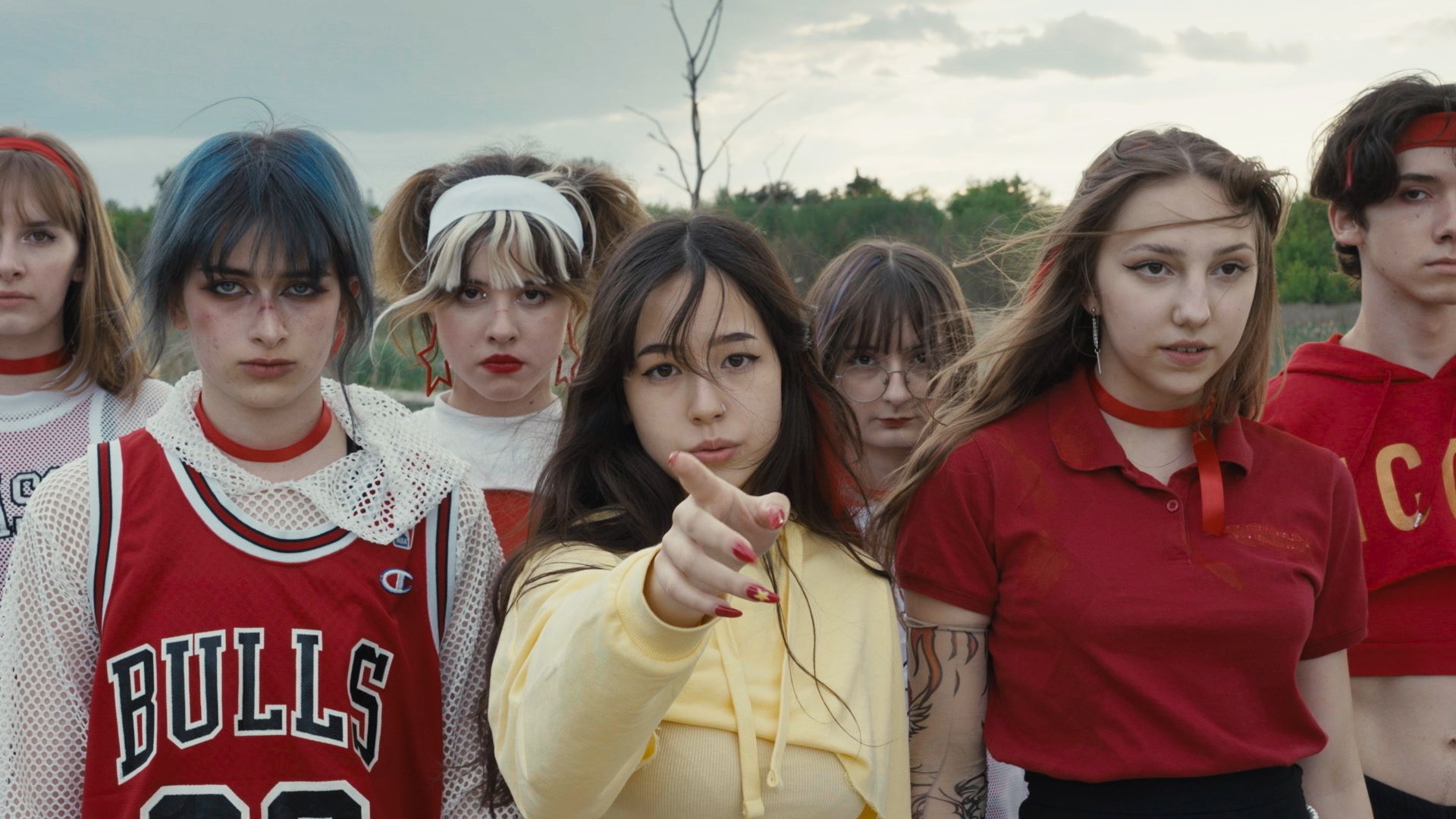
As Ackbar Abbas has written: “The more abstract the space, the more important the image becomes (a point the Situationists also made), and the more dominant becomes the visual as a mode. […] If disappearance problematises representation, it also problematises self-representation. […] What happens to our subjectivity under these conditions?”1 A handful of works on view encapsulate the prevalence of the image, and the way belonging and processes of becoming exist in relation to symbols and cultural landmarks that are recast in spite of the passing of time. They trace the phantasmic and alienating presence of disquieted subjects: elusive figures and ideologies that are detached from their contexts and occupy glitches elicited by conflicting projections of an amorphous city. Pan Daijing’s site-specific, sonic, architectural intervention Uncut (2022) addresses the upheaval that occurs in confronting the antagonistic textures of Bangkok, while offering hope for transformation in a shared live experience. Exploring the city as a site of survival and aspiration, Orawan Arunrak’s audio walk activates the body as an archive of senses and knowledge to explore the area around the former Hua Lamphong station. In highlighting places and figures key to the artist’s early life, she allows for participants to bear witness to mementos preserved or since disappeared as part of the city’s life cycle. Architectonic forms are explored as time capsules in Lap-See Lam’s VR piece Phantom Banquet (2019–20), a narrative inspired by her own ancestry as the child of Hong Kong Chinese restaurateurs in Sweden. The Chinese restaurant becomes a portal to access her illusory cultural heritage in the interstices of estrangement and familiarity. Diane Severin Nguyen’s IF REVOLUTION IS A SICKNESS (2021) shows the abstract remains of communism as paradoxically concrete in the brutal cityscape of Warsaw. A Polish-Vietnamese teenage orphan contends with the forces of K-pop, soft power, and the Cold War aftermath in search of her own identity and sense of belonging in an alienating world saturated with images and stereotypes.

More often than not, the representation of places and subjectivities are intertwined with their disappearance. As part of their research into gambling as a contemporary phenomenon, Revital Cohen and Tuur Van Balen’s The Odds (Part 1) (2019) interrogates the artificial spaces of the gaming industry. Through the casinos Venetian and Londoner that simulate the eponymous cities, and a bingo hall in a former church, the artists trace the political and cultural forces at play among self-exploited bodies ensnared within a precarious image. Almost as counterpoint to commodification, their immersive installation Heavens (2021) escapes back into visceral experience on a cosmic scale since the advent of optical visualizing technologies. In his gathering, Eating an Apple While Lucid Dreaming (2022), Koki Tanaka expands on the communal experience, inviting audiences to come together over three simple activities from dusk till dawn in an exploration of personal subjectivity, dreams, and Bangkok’s nebulous histories. This collective act of destabilization reactivates individual agency in seeking mutual visions of the future to break away from existing political cycles. Shen Xin’s apparitional Brine Lake (A New Body) (2020) tells a trilingual story of human and ghostly protagonists in an iodine recycling plant to address imaginary and real narratives on Koreans’ forced displacement in East Asia and Russia. Set in a non-place, the conversation traverses the unstable realm of translation and metamorphosis where the politics of language, statelessness, and extraction materialize in the absence of a homeland. The improbable probability of a vanishing point is uneasily expounded on in Rabih Mroué and Hito Steyerl’s lecture performance Probable Title: Zero Probability (2012). Looking into disciplines such as art, mathematics, technology, and physics, they probe infrastructures of order and representation in which individuals can disappear, prompting us to question whether a space beyond these systems even exists.
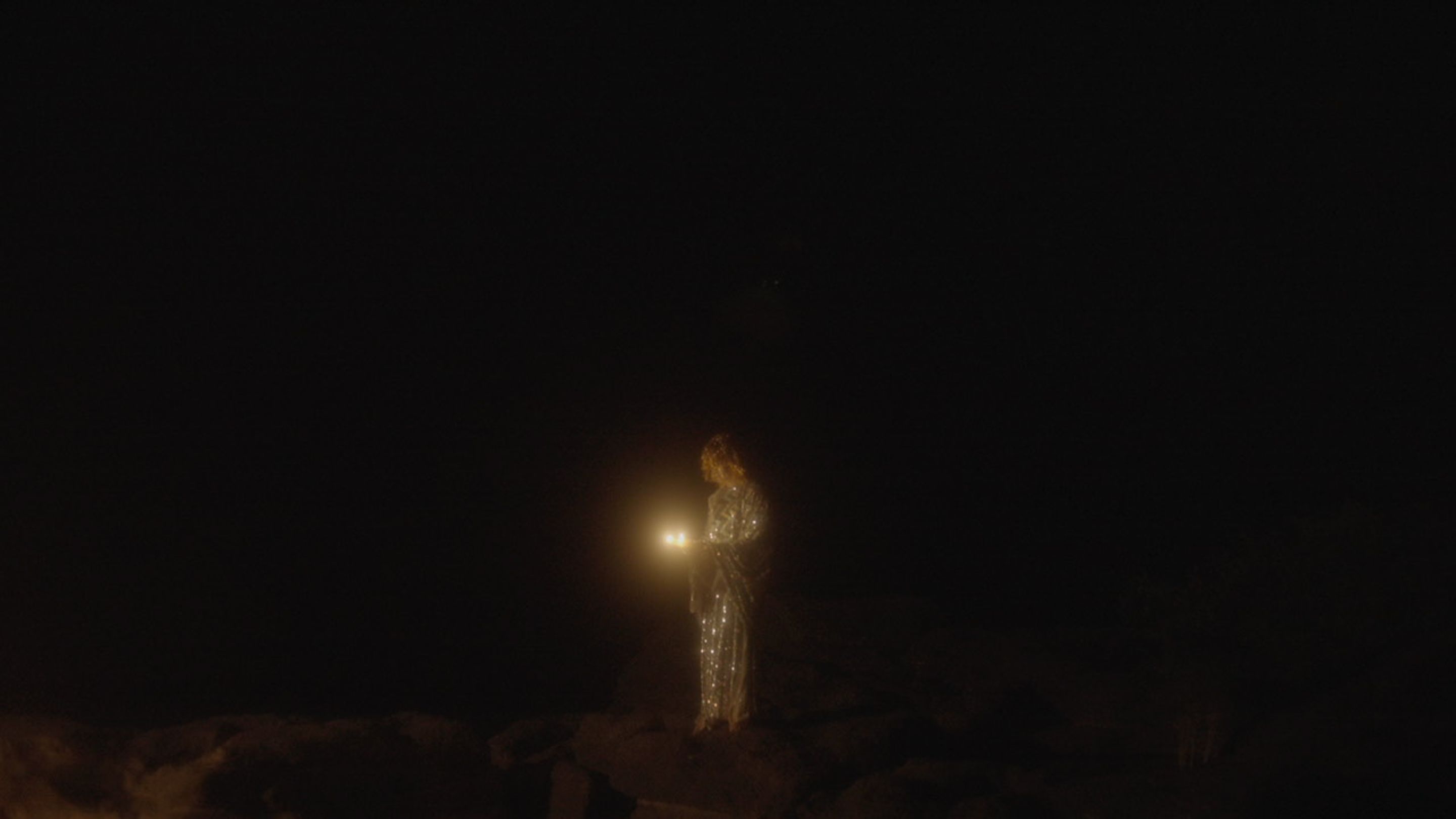
The regime of modernity, representation, and progress that ushered in modern Thailand did so through marginalizing communities and excluding them from visibility within the political realm. From the urban centers to the rural periphery, this process has also left an indelible mark on the Thai countryside where populations continue to grapple with its impact in their struggles toward building other future narratives. Isan filmmaker Chantana Tiprachart’s new commission SOO-KWAN2022 (2022) revolves around the regional ritual Soo-Kwan, practiced to summon the return of Kwan—a spiritual and metaphorical force that has left a fright-stricken body. With Tiprachart’s metaphorical play of light and dark, the poetic film poignantly reflects upon, and reclaims through the traditional Isan and Lao form of song Mor lam, the right to a multiplicity of narratives and identities cast into the shadows by hegemonic systems. Like Tiprachart, the other artists in Ghost 2565 carve out spaces for alternative worldviews to reinstate imagination as a cogent force in forms of living that are liberated from dominant capitalist frameworks. In the search for new bearings to reorient ourselves on our own terms, the program catalyzes a collective act to repossess disinherited time and spaces and reanimate otherwise dormant utopias.
- Christina Li
[1] Ackbar Abbas, Hong Kong: Culture and Politics of Disappearance (Minneapolis: University of Minnesota Press, 1997), 9–10.
